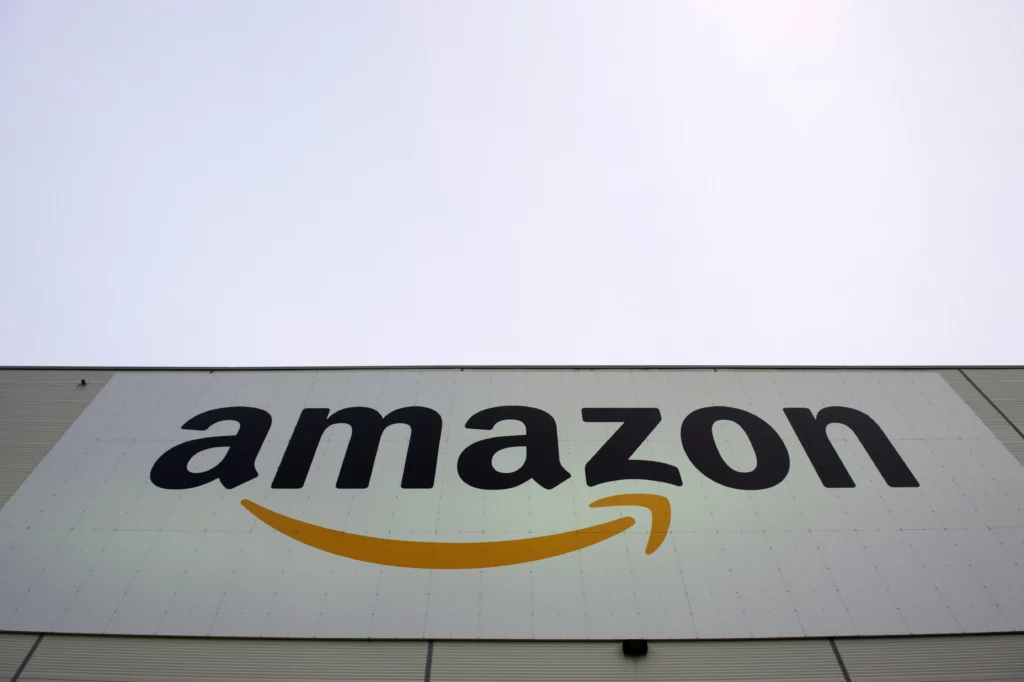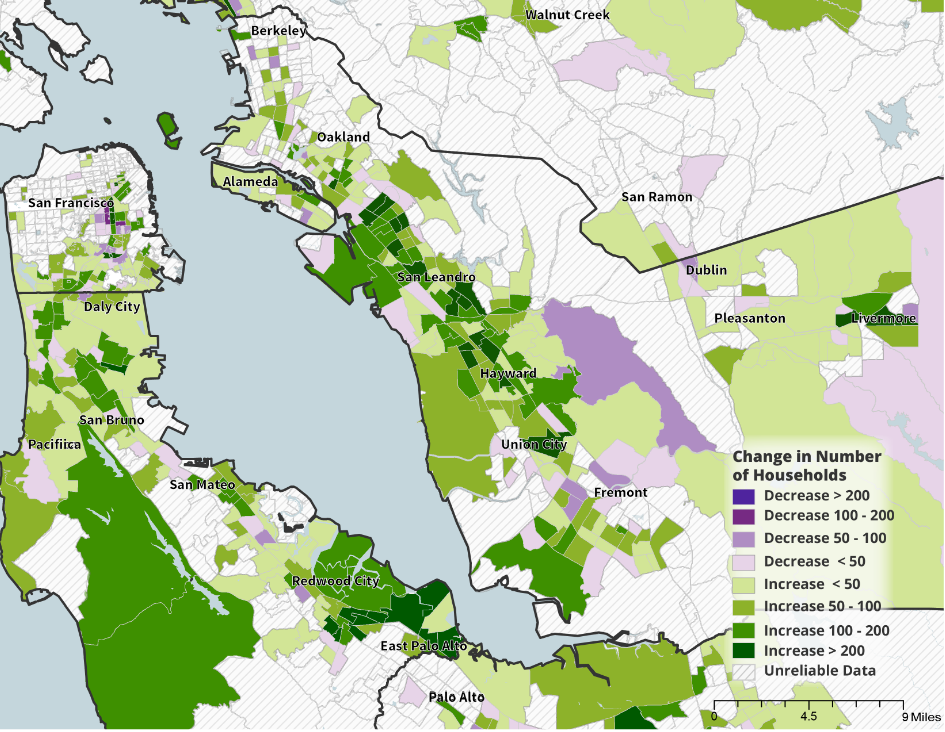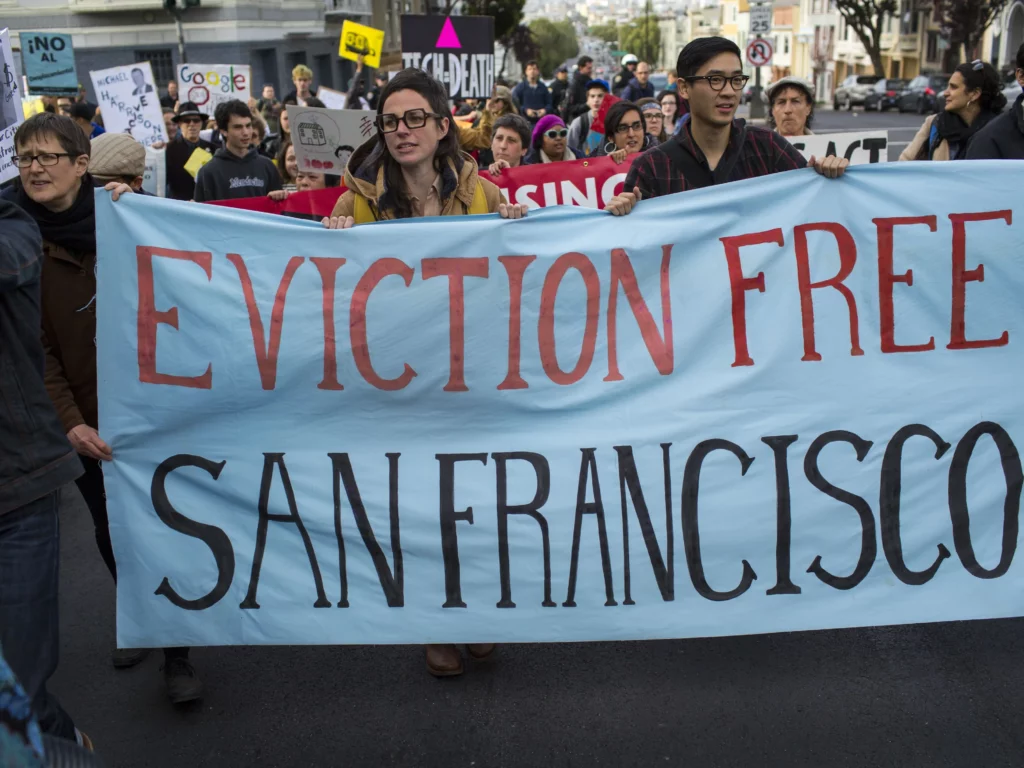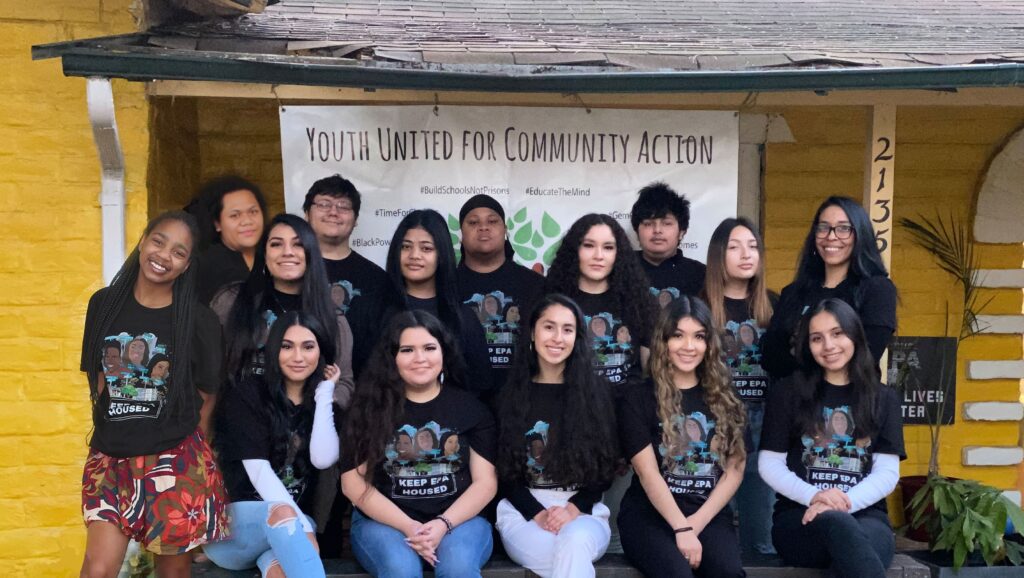Contents
- 1 The Arrival of Tech Giants: A Double-Edged Sword
- 2 The Housing Crisis: Displacement and Destabilization as a Result of Tech Companies Moving In
- 2.1 Rising Rents and Evictions
- 2.2 The Pandemic’s Impact
- 2.3 RelatedPosts
- 2.4 Unmasking the Killers: BBC Africa Eye’s ‘Blood Parliament’ Exposes Fatal Shootings During Kenya Finance Bill Protests
- 2.5 Pope Francis’ Legacy: A Pope for the Poor, the Marginalized, and Global Unity
- 2.6 Trump – Zelensky Spat: Is the Age of Modest Pretense Gone?
- 3 Historical Inequalities and Current Struggles
- 4 The Role of Local Governments: Between a Rock and a Hard Place
- 5 Community Consequences of Welcoming Tech Giants: The Human Cost of Gentrification in Palo Alto
- 6 Toward Solutions: Building an Equitable Future
- 7 Summing Up: The Fight for East Palo Alto’s Future
Silicon Valley has long been celebrated as the cradle of technological innovation. However, the region’s rapid economic growth, fueled by tech giants such as Amazon, Google, and Meta has also left a trail of socio-economic disruption in its wake. Communities like East Palo Alto are at the epicenter of this upheaval, grappling with skyrocketing rents, displacement, and the erosion of their cultural and historical identities. This post explores how the influx of tech companies in Silicon Valley has driven gentrification, exacerbated inequalities, and forced local residents to fight for their rights and survival.
The Arrival of Tech Giants: A Double-Edged Sword
Economic Opportunities or Local Neglect?
companies moving into cities often promise economic opportunities, but these benefits frequently bypass local residents. For example, Amazon’s development in East Palo Alto failed to adhere to local hiring regulations that require companies to employ at least a third of their workforce from the city. This oversight not only deprives residents of job opportunities but also underscores a pattern of disregard for local needs.

Gobbling Up Real Estate and Resources
To accommodate their expanding workforce, tech companies purchase vast amounts of land, often converting it into office spaces or exclusive residential buildings and amenities for their employees. This aggressive acquisition inflates property values and rents, leaving long-time residents struggling to keep up. Poor and working-class neighborhoods, like those in East Palo Alto, find themselves particularly vulnerable as their stagnant incomes cannot match the rising cost of living.
The Housing Crisis: Displacement and Destabilization as a Result of Tech Companies Moving In
Rising Rents and Evictions
As tech workers flock to areas like East Palo Alto, demand for housing soars, driving up prices. Long-time residents, who once paid affordable rents, now face exorbitant costs. For instance, local housing activist Laura Rubio pays $1,200 monthly for her home, while newcomers are charged $2,200 for smaller units. Many working-class families, unable to meet these new financial demands, fall behind on rent and face eviction.
The Pandemic’s Impact
The COVID-19 pandemic further exacerbated the housing crisis. Job losses and health issues left many residents unable to pay rent, increasing their vulnerability to displacement. The pandemic highlighted the precariousness of living in gentrifying areas, where long-standing residents often lack the financial safety nets necessary to weather economic shocks.
Even more, the tech giants, despite promising to keep cleaners and maintenance staff at work during the pandemic, reneged on this promise. Consequently, numerous cleaning and maintenance workers were laid off, leaving them stranded and unable to afford living in their neighborhoods. This affected marginalized communities the most, with Latinxs and black communities suffering the brunt of the pandemic’s disruption. Even more, most of these individuals, many of whom are breadwinners for their families, were left with no option to work from home.
Historical Inequalities and Current Struggles
Legacies of Redlining and Racial Discrimination
The challenges faced by East Palo Alto’s residents are deeply rooted in systemic inequities such as redlining and racial discrimination. Historically, these practices relegated communities of color to underfunded and marginalized neighborhoods. Now, gentrification compounds these injustices, as the very communities that were once excluded from wealthier areas are pushed out of their homes to make way for tech developments.

Civil Rights Foundations and Modern Resistance
East Palo Alto’s history of activism, particularly its roots in the civil rights and Black Power movements, serves as a foundation for its current resistance against gentrification. Figures like Antonio López, a young city council member, and grassroots organizations like YUCA are at the forefront of efforts to protect the community from displacement. Initiatives like “Measure L” aim to curb rent increases and preserve the city’s cultural and historical identity.
Ironically, the tech behemoths that are to blame, promise their users that they aim to bring communities while they themselves are setting up divides and splitting communities apart. In reality, tech companies such as Facebook swing their financial muscles heavily, leaving working class Americans grappling with rising housing prices. Sadly, their incomes, even for those working at the tech giants, will seldom follow the prices.
The Role of Local Governments: Between a Rock and a Hard Place
Dependency on Tech Money
Local governments often find themselves reliant on tech companies for funding infrastructure and community projects. This dependency creates a conflict of interest, as officials may prioritize corporate partnerships over the needs of their constituents. In East Palo Alto, residents have expressed frustration with politicians who support large-scale developments that benefit corporations while displacing local families.
Even with representation from their communities, their elected representatives will find it difficult to swing the votes against the tech behemoths. Council members and local officials will often have to weigh whether to bring in some money for community development, or preserve the status quo and ensure families from working class neighborhoods can sustain their families.
In terms of the land they possess, local governments may feel forced to give up huge swathes of land for commercial interests, in an attempt to spur job growth and keep delivering community services. The tech companies, on the other hand, will take advantage of the situation and gobble up as much land as they can.
Political Tensions and Community Advocacy
Elections in East Palo Alto frequently become battlegrounds for competing visions of development. While some candidates advocate for partnerships with tech companies to address housing shortages, others, like Vice Mayor Ruben Abrica, resist corporate influence and champion the needs of long-time residents. This tension reflects broader struggles within the community to balance progress with equality, and housing equity.

Community Consequences of Welcoming Tech Giants: The Human Cost of Gentrification in Palo Alto
Eroding Social Ties
Gentrification disrupts the social fabric of communities. Families who have lived in East Palo Alto for decades are forced to leave, severing ties with neighbors, schools, and local institutions. This loss of community cohesion can lead to feelings of isolation and instability among displaced residents.
Activists such as Laura have been up in arms to these changes, resorting to door-to-door campaigns to rally support for affordable housing. At the face of tech giants with more than enough financial wherewithal, these efforts will often be frustrated, leaving long-time residents feeling helpless and arm-twisted to leave.
Cultural Displacement
Beyond physical displacement, gentrification threatens the cultural identity of neighborhoods. The influx of affluent newcomers often leads to the closure of long-standing businesses, the erasure of local traditions, and a shift in the area’s character. Residents like rapper Ad Kapone lament the loss of vibrancy and the decline in outdoor social interactions as tech developments dominate the landscape. According to Kapone, tech developments such as the pervasiveness of video games and TV programs have created a system that encourages people to stay in their homes and off the streets.
Environmental and Quality of Life Degradation
Gentrification contributes heavily to environmental and quality of life degradation. Middle-income and working class neighborhoods will often be robbed of their empty spaces, leaving little to no room for adequate parking or quality-of-life improvements such as parks and playgrounds. Even more, these neighborhoods will have less grenery, canopies, and trees, degrading air quality, and the overall health outcomes of the residents.
Moreover, more commercial developments also lead to a surge in traffic, meaning that those commuting to and from work with their own vehicles will be forced to spend more time on the road and spend more on fuel. Increased traffic levels also mean more emissions are released into the atmosphere, further exacerbaing environmental degradation.
Watch a video by Sanford Journalism comparing canopies in Palo Alto and East Palo Alto below.
Toward Solutions: Building an Equitable Future
Empowering Residents
Community empowerment is key to resisting gentrification. Local leaders like Antonio López and organizations like YUCA are working to amplify residents’ voices and advocate for policies that protect affordable housing. Efforts to educate the public about their rights and encourage civic engagement are crucial in this fight.
Furthermore, the economic empowerement of middle-income and low-income workers would act as a countermeasure to the rising housing costs. Better labor laws and requirements would help cushion residents from gentrification, balancing out the increased commercial and residential developments by tech giants in Silicon Valley.

Holding Tech Companies Accountable
Tech companies must be held accountable for their impact on local communities. This includes adhering to hiring regulations, investing in affordable housing, and contributing to infrastructure improvements that benefit all residents, not just their employees. Transparent and equitable partnerships between corporations and local governments are essential.
Additionally, local governments should enact legislation that requires investment beyond PR-washed corporate social responsibility, by companies putting up real estate. For example, a requirement to put up the same number of social housing as they are developing for their employees would go a long way in helping communities remain together, in the places they have called home for decades.
Balancing Development and Preservation
Striking a balance between development and preservation is challenging but necessary. Policies like rent control, inclusionary zoning, and community land trusts can help mitigate displacement while allowing for growth. Collaborative efforts that involve residents, local leaders, and tech companies can create solutions that respect the needs of all stakeholders.
Summing Up: The Fight for East Palo Alto’s Future
The story of East Palo Alto exemplifies the broader challenges of #gentrification in Silicon Valley and beyond. As tech companies continue to expand, communities like East Palo Alto must navigate the complexities of progress while striving to preserve their identity and ensure equitable outcomes. The resilience of local residents, rooted in a history of activism, offers hope for a future where economic development does not come at the expense of human dignity and social justice.
By addressing the systemic issues underpinning gentrification and fostering inclusive dialogue, we can work toward a Silicon Valley that uplifts all of its residents, rather than displacing its most vulnerable. As users of these tech companies’ platforms and services, moreover, we can also lend our voices to the cause, and demand that they do better for the communities, cities, and neighborhoods they occupy or expand to.
Watch DW’s Documentary ‘Battling high rents and gentrification in Silicon Valley‘ below, for more on how companies such as Meta and Amazon have kicked out longtime residents of East Palo Alto.
https://www.youtube.com/watch?v=ghdeB0GEeos
This article has been written with the help of A.I. for topic research and formulation.







